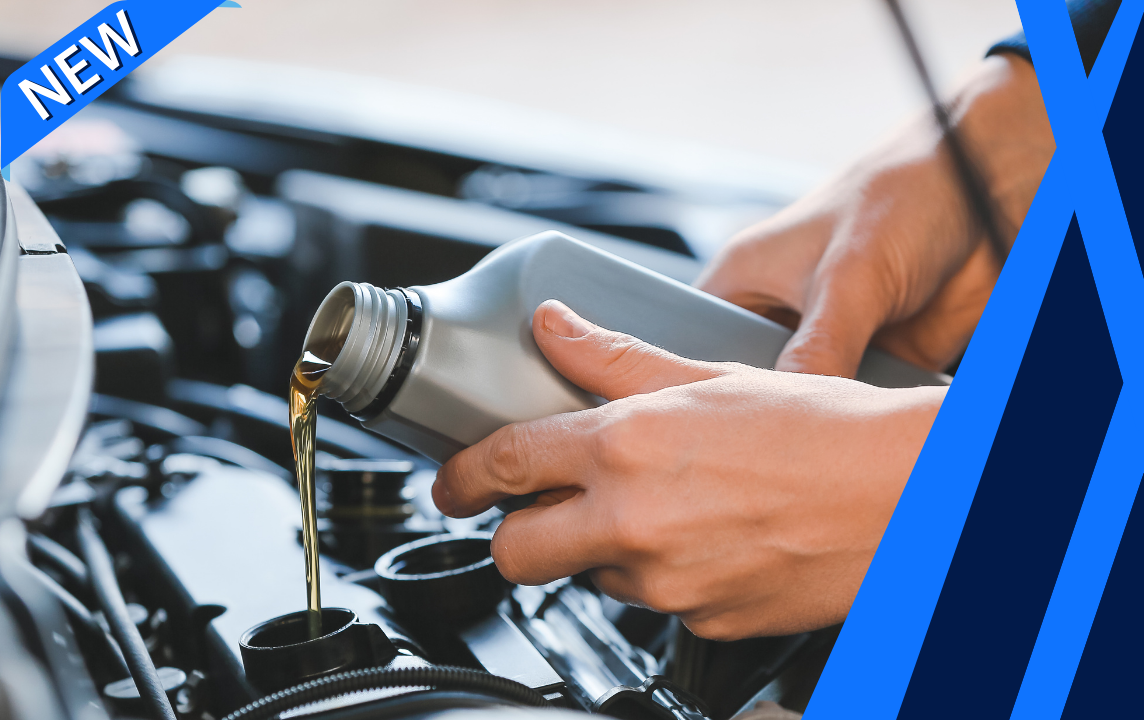Description
Uneven tyre wear Inspection
How this system works:
When you purchase a new or certified used vehicle from a dealership, it should come with four matching tyres, each inflated to the correct psi (pounds per square inch). Over time the tread on each tyre will begin to wear and need to be changed. When a tyre needs to be changed, all may need to be changed. Replacing a single tyre with a different brand or size tyre may throw off the vehicle’s balance. A mechanic can advise you on when to change your tyres and how it should be done.
Common reasons for this to happen:
- Tyre Over/under inflation: Every tyre has a recommended psi inscribed on the side of the tyre, indicating how much air should be put in. Over or under inflating the tyre will cause the tire to wear unevenly. An over-inflated tyre will wear more quickly around the middle of the tyre. An under-inflated tyre will wear more quickly on the edges. Your mechanic will be able to show you where the recommended psi number is located.
- Car is out of alignment: New vehicles are aligned by the manufacturer in a certain way to help maintain efficiency and increase the life of the tyres. In a car that has come out of alignment, the tyres are not facing perfectly straight, and the vehicle must work harder to travel in a straight line. You can notice if your car is out of alignment if it pulls either left or right, the steering wheel is at an angle while driving straight, and the tyres are wearing down unevenly.
- Tyres are not rotated: In vehicles where the engine is at the front, the front tyres bear more weight than those in the rear. In addition to this weight, they are also responsible for braking and turning. It is recommended that you rotate tires from front to back and side to side to ensure even wear. Tyres that have not been rotated will show increased wear at the front tyres and decreased wear at the back.
What to expect:
A top-rated mobile mechanic will come to your home or office to determine the reason why your vehicle’s tyres have worn unevenly. The mechanic will then provide a detailed inspection report outlining the nature of the tyre wear and the cost of any repairs that need to be made.
How it’s done:
A mechanic will first inspect the tyres to determine the wear and better understand what might have been going wrong. If the mechanic suspects that the tyre is under or overinflated, they will use a tyre pressure gauge to determine the exact pressure inside the tyre. The mechanic will then compare that reading to the one on the outside of the tyre. The mechanic may have to inflate or let some air out of the tyres depending on the measurement. Wear in the centre of the tyre will most likely mean the mechanic will be letting out air, while wear on the edges means the mechanic will most likely be adding air.
While aligning your vehicle, the mechanic will also see if suspension components need to be replaced. If the mechanic suspects that the vehicle is out of alignment, they will have to adjust suspension components that may have been affected by hitting a pothole or curb. Suspension components may also begin to fail over time, causing the vehicle to come out of alignment. The mechanic will adjust each side of the vehicle to flat on the road and not at an angle.
If the wear on the tyres is more significant at the front, the tyres may need to be rotated. The mechanic will remove each tyre and rotate it from front to back and side to side.
The mechanic will also check the tread on the tyres to ensure they are still good in all repairs. Tyres that have low tread will not be as effective as new tyres. It is important to have tyres of the same brand and size to ensure that they all wear evenly when replacing tyres.
How important is this service?
As tyre wear becomes worse, they will begin to lose gripping ability and need to be replaced. If you notice that your tyres are wearing unevenly, especially in the event of a misalignment, you should have a mechanic look at your vehicle. Paying attention to signs like when the vehicle pulls left or right indicates that the vehicle needs to be aligned. Having tyre wear examined and corrected can help increase the tyre’s life, saving you time and money.




